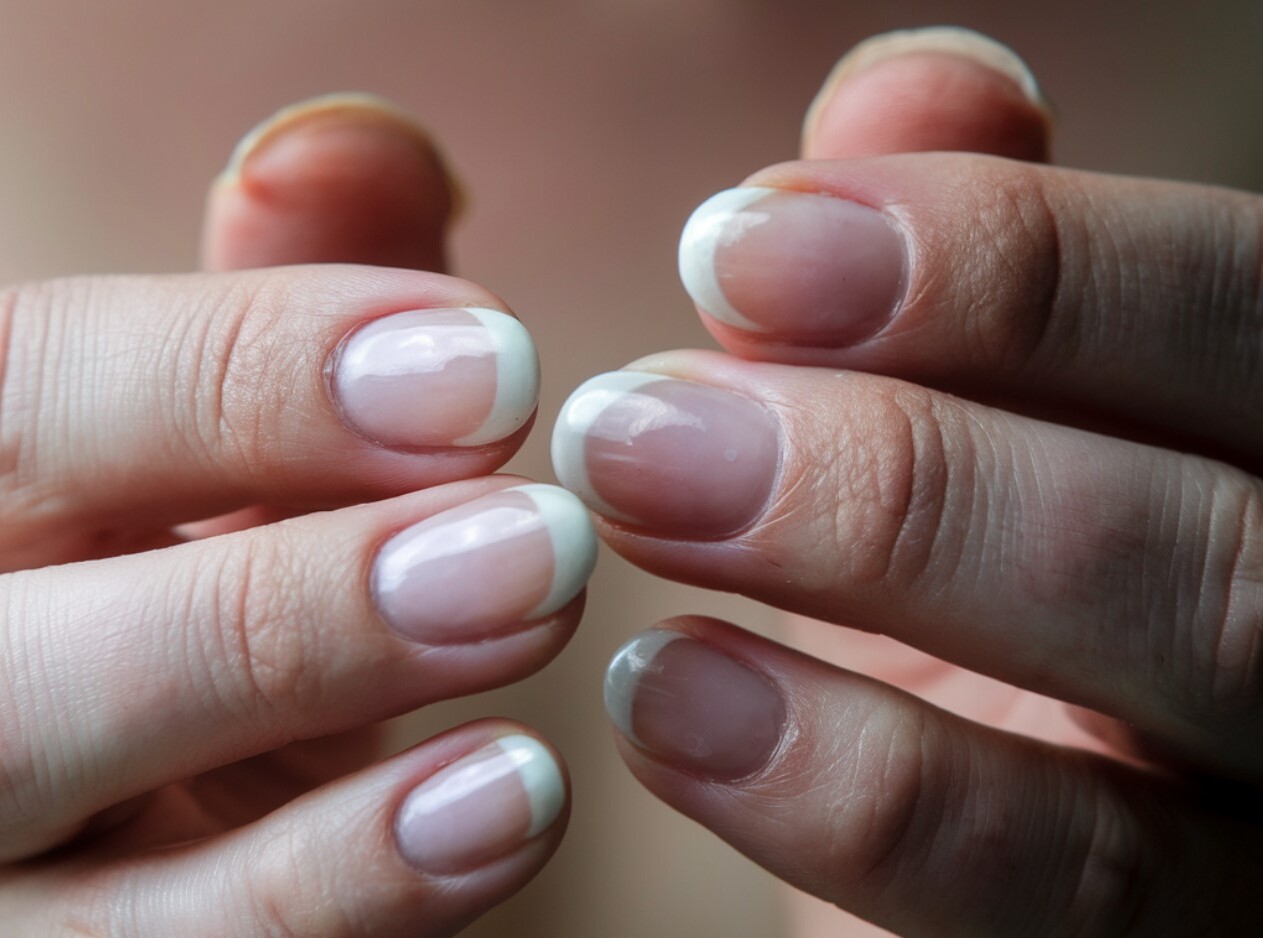
Onychonychia Hypoplastic Distal Phalanges might sound like a mouthful, but it's a condition worth understanding. This rare genetic disorder affects the nails and the bones at the tips of fingers and toes. What exactly happens? The nails may be underdeveloped or even absent, while the bones in the distal phalanges (the last bone segment in fingers and toes) are smaller than usual. This can lead to noticeable differences in hand and foot appearance. Why should you care? Knowing about this condition can help in early diagnosis and management, improving quality of life. Whether you're a curious student, a concerned parent, or someone who loves learning about unique medical conditions, these 27 facts will give you a comprehensive look at Onychonychia Hypoplastic Distal Phalanges.
Key Takeaways:
- Onychonychia Hypoplastic Distal Phalanges is a rare genetic condition affecting nails and bone development in fingers and toes, leading to underdeveloped or missing nails and smaller-than-usual bones.
- Early diagnosis and proper management, including physical therapy and protective measures, can help individuals with Onychonychia Hypoplastic Distal Phalanges lead fulfilling lives with the right support and resources.
What is Onychonychia Hypoplastic Distal Phalanges?
Onychonychia Hypoplastic Distal Phalanges is a rare genetic condition affecting the nails and the bones at the tips of fingers and toes. Understanding this condition can help in recognizing its symptoms and managing it effectively.
- Onychonychia refers to abnormalities in the nails, often leading to underdeveloped or missing nails.
- Hypoplastic Distal Phalanges means the bones at the tips of fingers and toes are underdeveloped or smaller than usual.
- This condition is typically present from birth and can be diagnosed early in life.
- It affects both males and females equally, with no gender predisposition.
- The condition is often inherited in an autosomal dominant pattern, meaning one copy of the altered gene is enough to cause the disorder.
Symptoms and Physical Characteristics
Recognizing the symptoms of Onychonychia Hypoplastic Distal Phalanges can aid in early diagnosis and intervention.
- Individuals often have very small or absent nails on their fingers and toes.
- The tips of the fingers and toes may appear shorter or stubbier than normal.
- Some may experience pain or discomfort in the affected areas, especially during activities involving fine motor skills.
- The skin around the nails can be more prone to infections due to the abnormal nail structure.
- In severe cases, the condition can affect the overall shape and function of the hands and feet.
Genetic and Environmental Factors
Understanding the genetic and environmental factors can provide insights into the causes and potential treatments for this condition.
- Mutations in specific genes, such as the ROR2 gene, are often responsible for this condition.
- Environmental factors during pregnancy, like exposure to certain drugs or infections, can exacerbate the severity of the condition.
- Genetic counseling can help families understand the risks and inheritance patterns associated with this disorder.
- Prenatal testing can sometimes detect the condition before birth, allowing for early planning and intervention.
- Research is ongoing to identify other genetic mutations that may contribute to the condition.
Diagnosis and Medical Evaluation
Proper diagnosis and medical evaluation are crucial for managing Onychonychia Hypoplastic Distal Phalanges effectively.
- Diagnosis typically involves a physical examination of the nails and fingers, along with a detailed family history.
- X-rays and other imaging techniques can help assess the extent of bone abnormalities.
- Genetic testing can confirm the diagnosis by identifying specific mutations.
- Dermatologists and geneticists often work together to diagnose and manage the condition.
- Early diagnosis can help in planning appropriate treatments and interventions.
Treatment and Management
While there is no cure for Onychonychia Hypoplastic Distal Phalanges, various treatments can help manage the symptoms and improve quality of life.
- Physical therapy can help improve hand and foot function, especially in severe cases.
- Protective gloves and footwear can prevent injuries and infections in the affected areas.
- Regular monitoring by a healthcare provider is essential to manage any complications.
- In some cases, surgical interventions may be necessary to correct severe bone deformities.
- Psychological support and counseling can help individuals cope with the social and emotional impacts of the condition.
Living with Onychonychia Hypoplastic Distal Phalanges
Living with this condition can be challenging, but with the right support and resources, individuals can lead fulfilling lives.
- Support groups and online communities can provide valuable emotional support and practical advice.
- Educating family members and friends about the condition can foster a supportive environment.
Final Thoughts on Onychonychia Hypoplastic Distal Phalanges
Onychonychia Hypoplastic Distal Phalanges might sound like a mouthful, but understanding it can make a big difference. This condition affects the nails and the ends of fingers or toes, leading to underdeveloped or missing nails. It’s often linked to genetic factors, so knowing your family history can be helpful. While it might seem daunting, there are ways to manage and treat the symptoms. Regular check-ups with a healthcare provider can help keep things in check. Simple steps like moisturizing and protecting your nails can go a long way. If you notice any unusual changes in your nails, don’t hesitate to seek medical advice. Knowledge is power, and being informed about Onychonychia Hypoplastic Distal Phalanges can help you take better care of your nails and overall health.
Frequently Asked Questions
Was this page helpful?
Our commitment to delivering trustworthy and engaging content is at the heart of what we do. Each fact on our site is contributed by real users like you, bringing a wealth of diverse insights and information. To ensure the highest standards of accuracy and reliability, our dedicated editors meticulously review each submission. This process guarantees that the facts we share are not only fascinating but also credible. Trust in our commitment to quality and authenticity as you explore and learn with us.
